A child proof sink faucet lock is essential when you have a little tot who loves playing with water. The bathroom sink is the perfect height for a curious toddler to reach. We all know that kids love anything that has to do with water.
That’s why I’ve installed a child proof sink faucet lock for my little ones to stop them from flooding my bathroom! If your children are the same, installing a child proof sink faucet lock for your tap can keep your kids from playing with the water without your permission.
To help you do this, we’ve gone ahead and compiled some of the best ways to childproof your sink faucet and keep your kids out of the bathroom and kitchen.
Some of these childproofing methods help keep your kids from turning on the faucet, while other methods completely close off access to the water source. We’ll even cover some ways to hide or conceal your faucet (if your kids are young enough to fool).
So go ahead and read more about these child proof sink faucet locks to figure out which works best for your household and stops your baby from turning on the bath water.
How do You Childproof Your Sink Faucet?
For any faucet, there’s always concerns about your kids leaving them on or scalding their skin with the hot water tap. Knowing how to childproof your sink faucet can eliminate those worries and keep your kids safe. You’ll feel better knowing your kids don’t have access to the tap by using these child proof sink faucet lock methods.
Here are some tried and tested ways on how to childproof your sink faucet.
Turn Down Water Heater Temperature
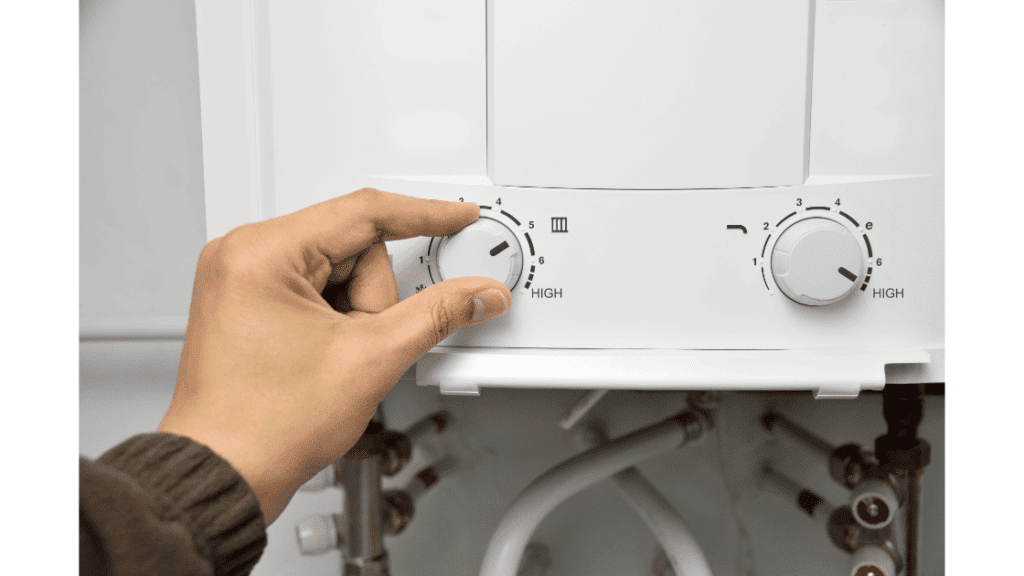
The best, and first thing to do is to turn down your water heater temperature. Learning how to turn down water heater temperature can save your kids from scalding their skin if they accidentally turn on the hot water tap.
Your water heater should be set to 120 degrees Fahrenheit to prevent instant burns. An average water heater is set to 140 degrees Fahrenheit and can burn your skin in as little as 2.5 seconds. Keeping your water heater temperature at 120 degrees Fahrenheit will keep the water hot enough for a shower, but won’t burn your skin right away.
How to Adjust Water Heater for Child Proof Sink Faucet Temperature
You can adjust the water heater temperature by going directly to your water heater. Most water heater dials don’t have numbers, however, if yours has numbers, you can easily turn the dial to 120 degrees Fahrenheit. Be sure to wait a few hours for the water to cool down before using the hot water tap.
Although, if you’ve got one of the many water heaters without numbers, follow these steps to easily change the temperature to 120 degrees Fahrenheit.
- Find the closest faucet to your water heater and turn your hot water tap on. Let it run for 3 minutes.
- Fill a cup with hot water and turn the tap off.
- Check the temperature of the cup of water with a thermometer.
- If the water is hotter than 120 degrees Fahrenheit, turn your water heater dial down a bit.
- Wait a few hours for your water to cool down and test again.
- Complete steps again until your hot water temperature is close to 120 degrees Fahrenheit.
According to the EPA, 120 degrees Fahrenheit is a safe temperature for your hot water tap. So, even if you plan on using other methods of child proof sink faucet locks, you should still consider turning down your hot water to prevent anyone in your household from getting burned.
Use Handle Locks/Restraints
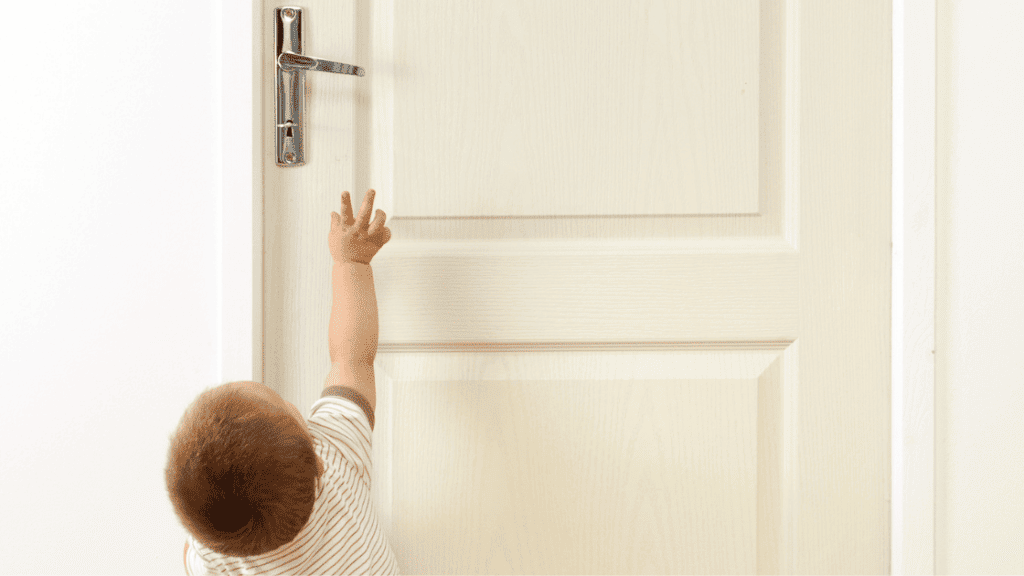
Handle Locks are the best way to keep kids from even entering your bathroom. This is the childproof method that I’ve used since my first child learned how to open doors, so I highly recommend trying a handle restraint to keep kids away from faucets.
Think about it, the bathroom is full of dangers, and is not where a child should be without supervision. It’s not just the sink faucet you have to worry about — it’s the bathtub faucet and shower, the toilet, shampoo bottles, bars of soap. Everything in the bathroom is an accident waiting to happen.
Even the tiles can pose a threat when wet for your kids. The bathroom should be closed off to toddlers, end of story. And, if your kitchen has a door, that too can be locked with a handle restraint so your kids don’t play with the tap or any dishes in the sink.
Best Child Proof Sink Faucet Door Handle Locks
What’s great about handle locks is that there are so many on the market these days. And there are handle locks for every kind of door handle design. Most of these products are designed for childproofing your doors, so you’re still able to easily turn the handle without any problem.
If you consider trying this childproofing method, check out these childproof handle locks for whichever style door handle you need to childproof:
Tuut Door Lever Lock (2 count) – This handle lock is designed for the swing handle, which is the easiest handle for kids to use. It prevents your children from pulling the handle down. (It can be easily pulled to the side for adults to get through the door.)
EUDEMON 4 Pack Baby Safety Door Knob Covers – These door knob covers completely cover the door knob so your child can’t turn it and open the door. The special friction design allows adults to press firmly on the door knob cover to twist the handle.
DOOR MONKEY Child Proof Door Lock & Pinch Guard – this design is a smart solution for any type of door handle you have. It locks the door from way above the handle so your kids won’t be able to reach it and try to figure it out. Works on any type of door and is easy to unhinge.
If you decide to use a handle lock, be sure to find the one that suits your needs the best. We all know how clever kids are, and how they always seem to eventually figure out how stuff works.
Make a DIY Child Proof Sink Faucet Handle Restraint
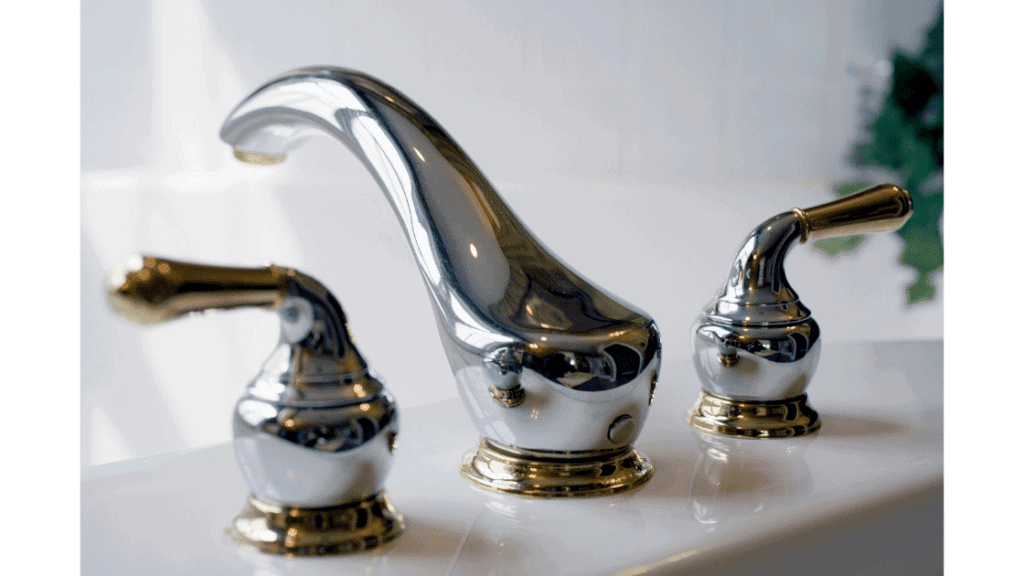
If you’d just like to keep your kids from turning on the bathroom or kitchen sink faucets, you can get creative by making your own child proof sink faucet handle restraint or lock.
I’ve actually seen a few available online that you can purchase, but they’re probably no better than one you can make at home on your own.
Some sinks have two handles for hot and cold water, while others have one lever that can be pulled up. If you look around your home, you’re bound to find something to lock your sink faucet with.
- You can think about using rubber bands or hair ties attached to a small clothes hanger to lock faucet handles in place. This could be strong enough to keep small children from pulling them forward.
- For levers, tie a rope around the lever and faucet to keep your kids from pulling it upward. You can even use heavy duty rubber bands.
- For sink knobs, cover them with door knob covers. This can also work well as a bathtub knob cover or bathtub faucet cover to child proof your bathtub faucet handles.
If you search online for child proof faucet handle locks, you should be able to get a good idea of what you need to make your own diy faucet handle restraint.
Use Child Proof Sink Faucet Tap Covers
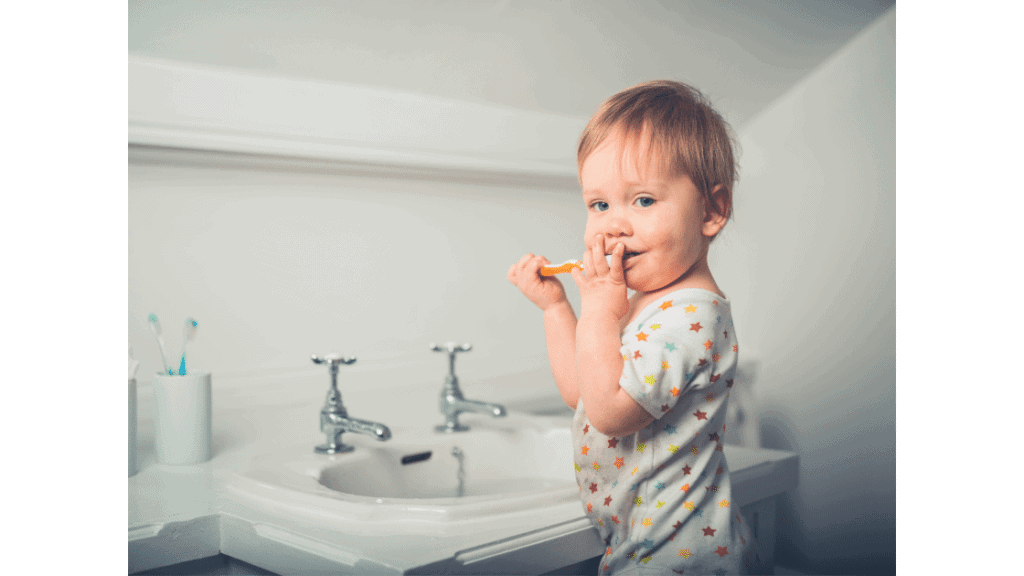
You can hide the kitchen or bathroom sink faucet handles with child proof tap covers. You can pretty much use any object to cover the handles, or you can purchase bath spouts to cover them up with.
Bath spouts are meant to be attached to the faucet for water to pour through them but they can work to hide faucet handles just as well. Some come in cute designs for kids, but since you’ll want to keep your tots away from the sink, I’d advise you to purchase simple ones with basic designs.
You can also use door knob covers to cover your sink faucet handles. Just make sure to purchase ones that will completely cover your sink handles.
Concealing your faucet handles may not be the best solution, but it works until you’re able to find a better way to stop your toddler from turning on the tap.
Final Words
Finding the right child proof sink faucet lock isn’t as hard as you think. With a few safety measures in mind, you’ll be able to keep your kids safe and away from the sink.

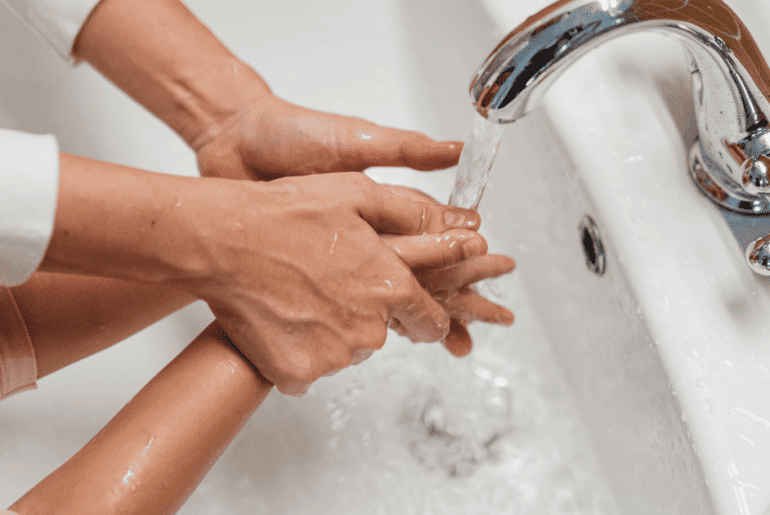



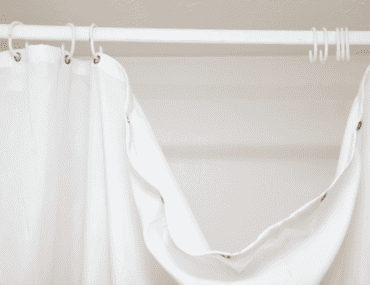
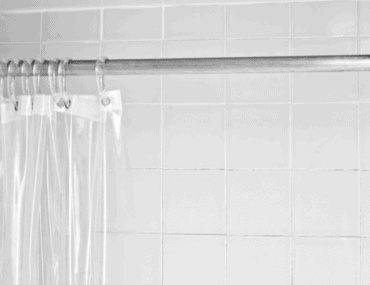

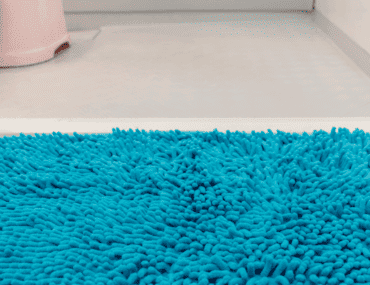
Comments are closed.